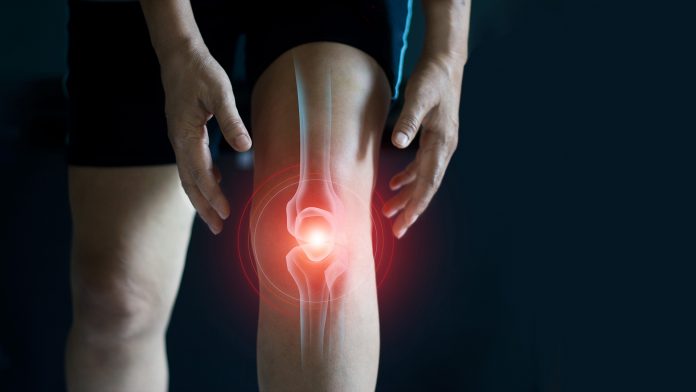
Researchers from Karolinska Institutet have compared high-dose exercise therapy to low-dose therapy in patients with knee osteoarthritis.
The research shows that both approaches to treating knee osteoarthritis had similar results. However, high-dose exercise therapy provided better short-term outcomes related to function in sports and recreation, with results subsiding after six months.
The study has been published in the journal Annals of Internal Medicine.
Treatment for knee osteoarthritis has not been studied extensively
Knee osteoarthritis has been linked to chronic pain, stiffness, impaired function, and reduced quality of life. Exercise programmes are the preferred method of treatment, but few studies have thoroughly investigated which exercise dose is best for patients.
In this study, the researchers hypothesised that a high dose would be superior to a low dose. The researchers conducted a randomised multicentre superiority trial. A total of 189 patients at four different centres, two in Norway and two in Sweden, were included in the study.
Patients assigned to the high-dose group performed eleven graded exercises lasting 70 to 90 minutes. Patients included in the low-dose group performed five graded exercises lasting 20 to 30 minutes. Each patient received three treatments a week for twelve weeks.
The researchers measured results using the Knee Injury and Osteoarthritis Outcome Score (KOOS) twice a week for three months. This was repeated again at six and twelve months. The KOOS scores improved in both groups during each of the follow-up periods. These findings did not support the researchers’ hypothesis.
High-dose exercise could be better for active patients
The only visible advantage favouring high-dose exercise related to knee function during sports and recreation. Results regarding sports and recreation were notably better six months after the intervention and in the quality-of-life domain at six months.
The researchers have emphasised that high-dose treatment could be better than low-dose treatment in the long run for people who lead active lives.
However, the researchers also acknowledge that adherence could be an issue for high-dose exercise programmes. Those in the low-dose group had an almost perfect adherence to the intervention, while those in the high-dose group had a significantly higher drop-out rate.
“About half of the participants in both groups improved. Pain, quality of life and knee function improved. Because our study was designed as a superior trial, meaning that even though we failed to show that high-dose treatment is better than low-dose, our results do not imply that a low-dose exercise regimen is as beneficial as a high-dose regimen,” said Tom Arild Torstensen, physiotherapist and affiliated researcher at the Department of Neurobiology, Care Sciences and Society at Karolinska Institutet and first author of the study.







